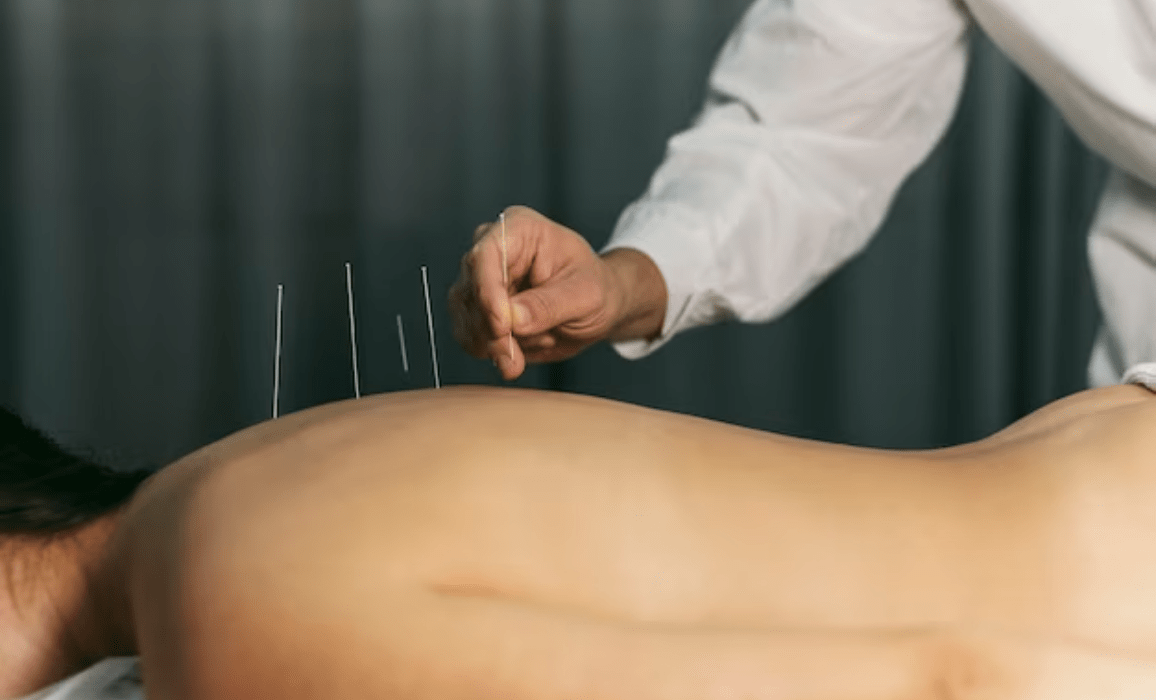Science Behind Needles: Understanding How Acupuncture Works
Among the several traditional Eastern medicine practices enjoyed in the West, few are seeking acupuncture. Acupuncture is considered to be the process of inserting tiny needles into one’s skin to treat certain health conditions as well as symptoms.
With the use of acupuncture in Chinese medicine dating back more than 3,000 years and its use in Europe beginning in the early 1800s, acupuncture has indeed only grown in popularity over the centuries. It is a holistic treatment option, just like conventional medicine.
What is acupuncture?
It has been acknowledged as a treatment for balancing the vital flow of energy referred to as qi (pronounced “chi”) through pathways or meridians in one’s body.
The needles used in acupuncture are well regulated by the Food and Drug Administration (FDA), which does require them to be solid, steel, and also sterile. Such needles may rather be manipulated manually or stimulated by small electrical currents. Acupuncture participants may indeed feel a small prick when each needle is inserted, but as the needles are much thinner than medical needles, the practice is considered to be more pain-free than getting a shot at the doctor.
Acupuncture has indeed been extensively researched, with comprehensive overviews really demonstrating several proven benefits, including fibromyalgia pain reduction, allergy symptom relief, and also alleviation of shoulder as well as neck tension. It is especially popular for pain management related to musculoskeletal pain, dental pain, chemotherapy-related pain, and labor pain. Acupuncture for women is used during menopause to help with hot flashes.
It can indeed be quite effective in relieving discomfort that is associated with lower back pain, joint pain, and headaches. It is often used to address fatigue, addiction, neuropathy, tinnitus, and ringing in the ears. Acupuncture can also help control inflammation and stimulate one’s immune system.
How does acupuncture work?
Acupuncture is carried out by an acupuncturist who inserts each needle into one’s skin across multiple areas known as acupoints. In Chinese medicine, each pathway, or meridian, is rather related to a specific organ or region of one’s body.
The inserted needles appear to rebalance one’s energy and also improve pain or stress by prompting the release of natural chemicals and stimulating nerves to promote relaxation in one’s musculoskeletal system.

How soon do you see the benefits of acupuncture?
While acupuncture does have several such benefits, more often than not, its results do not come to light soon. It usually takes a series of sessions to treat several issues, and even more when dealing with complex or chronic conditions.
Acupuncture is not for everyone. People with bleeding disorders like hemophilia or anyone taking blood thinners need to avoid acupuncture, as can a person with a pacemaker, as even mild electrical pulses can potentially interfere with its operation.
Common short-term side effects of acupuncture do include soreness as well as minor bleeding or bruising where the needles were inserted. As each needle is disposable and also created for single use only, the risk of infection is rather minimal. Acupuncture is considered safe if performed by a certified, licensed acupuncture practitioner.
How does acupuncture work?
Acupuncture works by:
-
-
Stimulating specific points in one’s body with acupuncture needles or pressure.
-
-
- Relieving obstructions in the flow of energy enables one’s body to heal.
-
- Stimulating the central nervous system to release chemicals known as neurotransmitters and hormones.
-
- Causing an “analgesic effect” and also allowing for pain relief even after the needles are removed.
-
- Speeding up the process of a person experiencing wound healing.
Conclusion
Acupuncture is gaining ground as people try it out for their specific ailments.


